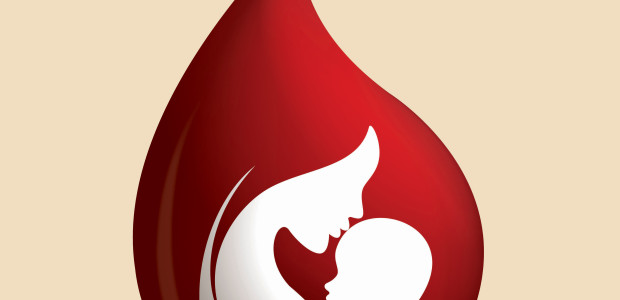World Blood Donor Day
Karl Landsteiner (1868-1943) won the Nobel Prize for his discovery of blood groups in 1901. On his birthday, 14 June, the World Blood Donor Day is celebrated every year since 2004. He was call by four international organizations – including the World Health Organization – and should serve to attract new donors worldwide.
 Serious diseases, complicated operations, serious accidents: Again and again bodied people are just now suddenly dependent on foreign blood. Since the “lifeblood” still can not be produced artificially, the required amount of charitable healthy people must be met. Unfortunately, the need for blood is growing much faster than the number of citizens willing to donate. The one responsible for this is the aging population, on the other hand, the development of new medical therapies, in which blood is used. Currently, only one in 50 Americans donates blood regularly. For comparison, about 15,000 blood donations are needed to meet the needs of American hospitals in one day.
Serious diseases, complicated operations, serious accidents: Again and again bodied people are just now suddenly dependent on foreign blood. Since the “lifeblood” still can not be produced artificially, the required amount of charitable healthy people must be met. Unfortunately, the need for blood is growing much faster than the number of citizens willing to donate. The one responsible for this is the aging population, on the other hand, the development of new medical therapies, in which blood is used. Currently, only one in 50 Americans donates blood regularly. For comparison, about 15,000 blood donations are needed to meet the needs of American hospitals in one day.
Requirements for blood donors.
Anyone wishing to donate blood, must be over 18 years old, weigh at least 50 pounds and be free of infectious diseases such as AIDS or hepatitis. In addition to pregnant women and nursing mothers also drug abusers and homosexual men in this country are excluded from donating blood. Before the first blood sample, a medical history form must be completed and discussed with a doctor in attendance; subsequently a blood pressure measurement and the determination of hemoglobin. The donation process itself does not take long: A quick jab, wait a few minutes until the approximately 500 milliliters of blood have flowed into the bag and rest a while – then the donor can take the way home.
Blood donation – the risks.
Complications in the context of donated blood are extremely rare: Thanks sterile disposable cutlery infection is almost impossible. Around the injection site may occur harmless bruises that disappear after few days. Since the blood loss is relatively high, circulatory problems may occur. Based on the determined prior to donation hemoglobin of this risk can however estimate reliably. A healthy body is recovering after blood donation rather quickly: After about 24 hours, the fluid loss is balanced, after about two weeks, the withdrawn blood cells are replaced by the body’s system. In terms of iron loss inventories are replenished relatively slowly: Here, the regeneration takes up to eight weeks – in women sometimes longer. Therefore, they may make a maximum of four whole blood donations per year, men can donate up to six times. Once a year, on World Blood Donor Day namely, are numerous actions held to honor the social commitment of those people who already donate regularly. For each blood unit is filled with the motto of the initiative “A gift that saves the life”.